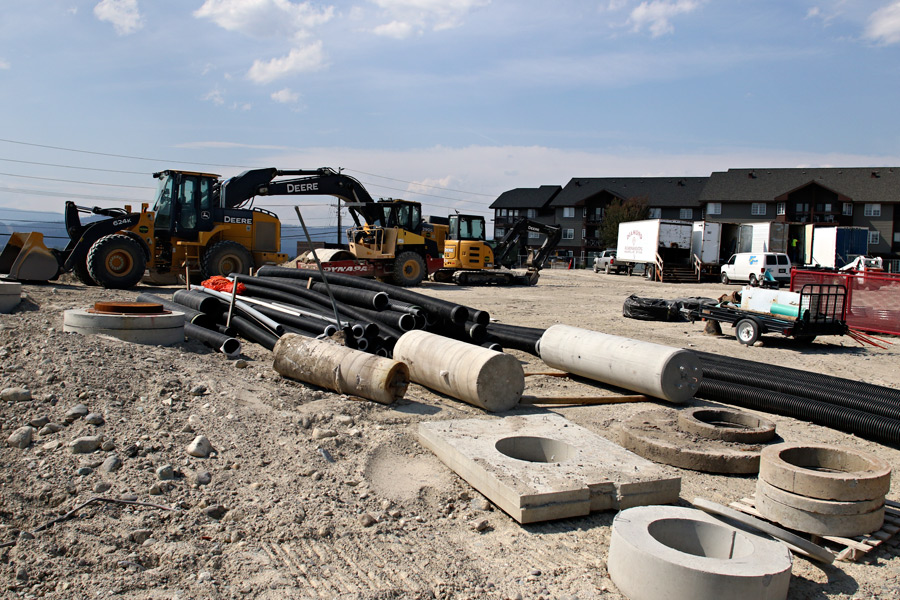The image front and center at this year’s economic outlook seminar seemed to say it all – disjointed puzzle pieces surrounding the state of Montana.
The economic momentum from 2015 to 2016 was massive, even greater than economists predicted a year ago. The first signs of meaningful wage growth emerged in 2016 after years of poor performance. The labor market continued to improve with more jobs added in a variety of sectors over the last 12 months. The real estate markets heated up considerably and construction has significantly picked up. Consumer spending skyrocketed.
Yet 2016 appears to have been a decidedly poor year in terms of overall economic performance, according to the latest estimates by the economists at the University of Montana’s BBER.
“It was a surprisingly weak year for the state in 2016 coming off a good year in 2015,” Patrick Barkey, BBER director told the crowd in Kalispell at last week’s 42nd annual seminar outlining the local, state and national economic outlooks.
“We don’t really yet know the story of what happened last year. The data through the first half of 2016 is really consistent with weaker growth.”
Barkey said Montanans experienced an overall dip in earnings, and the slowdown was widespread across industries. Exports declined 3 percent, largely due to the strong U.S. dollar. Manufacturing and home building improved but remain below historical averages. Overall business profits were down 1 percent. Energy and natural resource development remained mired in a significant slump. The agriculture industry has been hurt by low prices and expansion in other markets.
Some bright signs did materialize. Unemployment claims leveled off in 2016, Barkey said. Job growth is still very good and didn’t slow down in 2016 despite drops in wage earnings, he said.
The health care industry performed better than most, largely due to Medicaid expansion.
The primary economic driver appears to be a double-edged sword: consumer spending.
Barkey said Americans, and Montanans, are spending more and taking on more debt, which are signs of confidence in the economy.
“We’re all carrying a little more debt and taking out more loans,” Barkey said.
The average Montana resident carried $5,283 in credit card debt in 2016, according to Value Penguin, an online financial research firm.
“Debt is coming back up to historically high levels,” Barkey said.
Barkey is optimistic about the coming year in terms of both the national and state outlooks, forecasting, “Weak but durable growth.”
“I think the economy is going to get better this year,” he said.
Plenty of risks could present themselves, including economic shifts in Europe and China. Of course, the “major uncertainty” looming over Washington, D.C. and the new Trump administration is worth noting, Barkey said.
FLATHEAD FOCUS
Like the rest of the state, Flathead County experienced a slight cooling in wage growth in 2016, according to BBER data.
While outperformed by Gallatin County, growth in Flathead County was helped along by large in-migration-related construction and visitor spending growth. Professional services growth was also strong, as was health care. The strength of the dollar restrained the spending impacts of Canadians and the merger of Weyerhaeuser and Plum Creek was a blow to the city of Columbia Falls in particular.
Barkey projected nonfarm earnings experienced a paltry 2.2 percent growth last year compared to a whopping 7 percent in 2015. He predicts a slight improvement this year of 2.7 percent growth followed by nearly 4 percent in 2018.
Flathead County has been one of the top performing areas in Montana in recent years and Barkey expects that to continue in the near future. Nonresident spending provides a sizable boost to the local economy and accounts for 20 percent of base industries, especially the trade and services sectors. The real estate industry has made large gains but could experience slower growth due to increasing interest rates.
“We’re forecasting Flathead County growth will be among best in state,” Barkey said.
